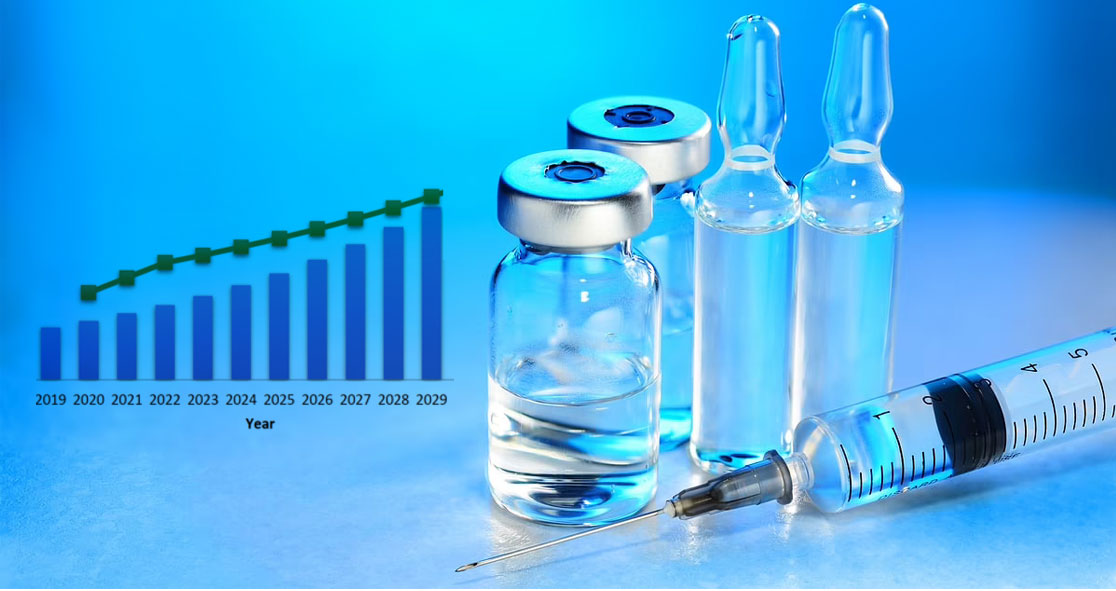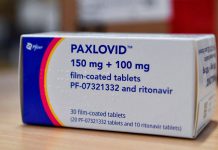The Generic Oncology Sterile Injectable Market is expected to grow significantly by 2029 – thanks to low-priced sterile injectables.
The market report is now available on TMR Research, a premier provider of customized market research and consulting services, according to BioSpace.
Also called biologics, generic oncology sterile injectables have active ingredients similar to the ones found in their branded versions. However, there could different inactive ingredients in generics.
Manufacturers of biosimilars must strictly follow the standards laid by the U.S. Food and Drug Administration (FDA) to ensure safety, quality, and efficacy.
The generic oncology sterile injectables are often used in the treatment procedure of cancers of lungs, skin, colon, prostate, and breast.
The use of biosimilars in the treatment of such a wide variety of cancers could increase the development of the global generic oncology sterile injectable market from 2019 to 2029.
When compared with branded drugs, sterile injectables are considerably low-priced, which is likely to increase the demand for generic oncology sterile injectables.
In addition, the demand for sterile injectables is predicted to rise with the increasing emergence of biosimilars.
Some of the key players of the market include Pfizer, Teva, Mylan, Eli Lilly, Sandoz, Hikma, and Baxter. In 2019, Mylan introduced fulvestrant (Faslodex) injection for the treatment of advanced-stage breast cancer.
Furthermore, experts believe that there would be substantial growth in the global generic oncology sterile injectable market because of the increasing prevalence of cancer.
The duration for the new cancer drug approval has also been shortened, which could further encourage the development of the global generic oncology sterile injectable market. The FDA has been encouraging manufacturers to speed up cancer-related drug supplies.
However, the growth of the global generic oncology sterile injectable market could be hindered by certain factors. They include extremely high quality and care during the process of manufacturing, strict rules and regulations, difficulties in the distribution and packaging, and more importantly, storage challenges.























